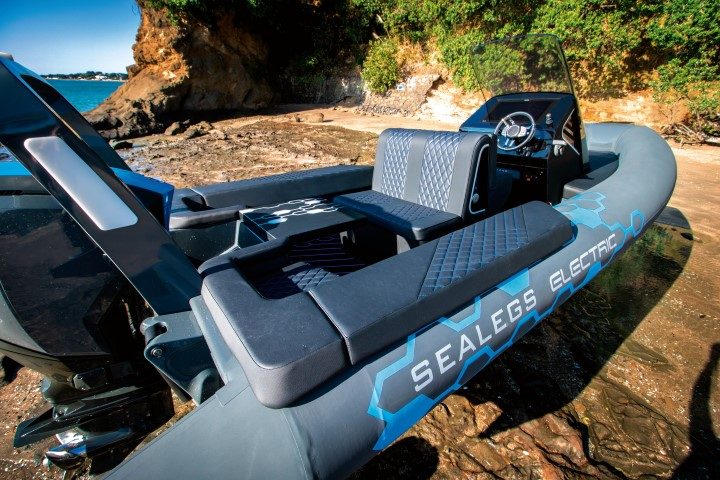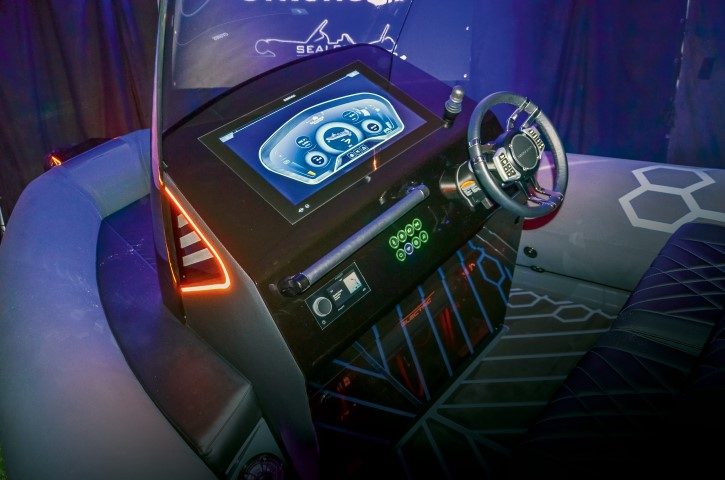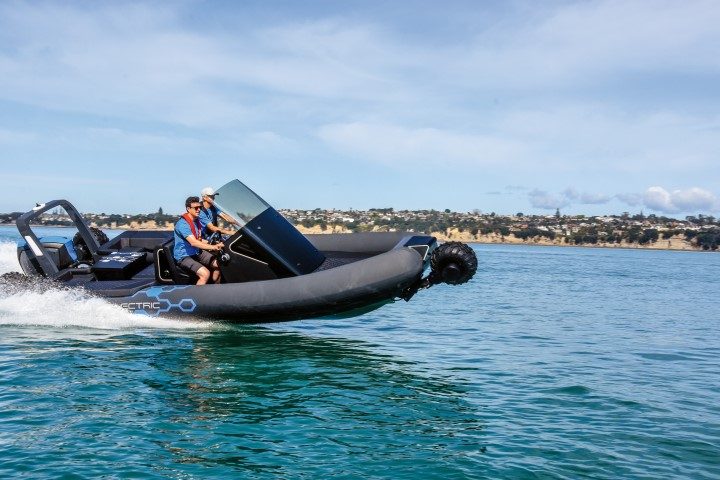‘Behemoth’ is a word which springs to mind or, perhaps more nautically, ‘leviathan’.
- Up to 1.5 hours drive time on land
- Quiet
- Glass Bridge functionality
- Plug-in mains, solar and regenerative braking charges lithium battery
- Open cockpit allows flexible layout
- Head-turning styling
- Extensive use of LED lighting


















